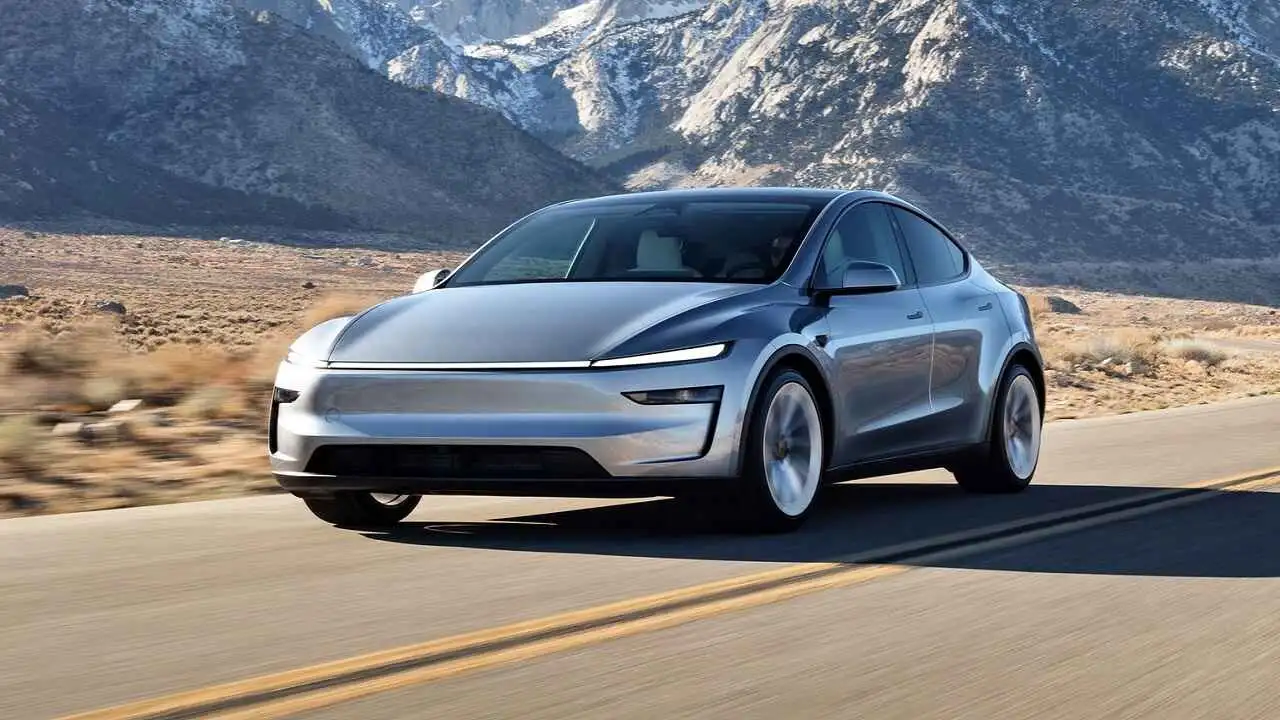
The trade deal announced between the United States and Argentina is not just about meat, steel, or critical minerals. There are items in the official statement that cause alarm and expectations in the private sector. usa made vehicle. As the local market’s fleet ages and dollar prices continue to rise, changes in rates and regulations quickly signal consumption.
The car so far is “Made in America” Items sold domestically are subject to customs duties 35%This clearly outstrips models imported from Brazil, Mexico and Uruguay, which enjoy preferential agreements. So a pickup like this: Ford F-150like sports mustang or like an SUV jeep wrangler and grand cherokee These were reserved for niche markets with high purchasing power.
A new agreement between the White House and the Argentine government aims to eliminate some of that very additional cost. In an officially released document, the Javier Millei government pledges to: “Priority access” Many American products including Vehicles, machinery and technologyMeanwhile, Washington is further expanding Argentina’s exports of natural resources, steel, aluminum and beef.
At the same time, the agreement also addresses important points in this area. Automatic approval of US safety and emissions standards. This means that vehicles already approved under North American federal standards can enter the country without repeating on-site testing, reducing terminal time and costs.
Tariffs, quotas, and the finer points: How U.S. cars are changing
Although there is no government regulation yet that sets out exact numbers, it is almost a given in the market that the government will proceed with some form of policy. Annual quota with preferential rateeven closer 0%for vehicles imported from the United States. The halls of car companies are talking about a preliminary range between: 10,000 units and 15,000 units This is a modest number compared to the overall market, but enough to make a big move in the most expensive segment.
The logic of quotas is crucial because Argentina is still bound by quota rules. Mercosurwhich today prevents him from eliminating the 35% tariff on American cars in one fell swoop. “Windows” or special allocation mechanisms are already used, for example, in electric vehicles in China. The deal with Washington replicates that plan, but with a much larger trading partner.
For car companies that already import products from the United States, the possibility of accessing quotas at lower taxes represents a concrete opportunity. brands like ford, jeep, rum, BMW, mercedes benz Either sling The company could strengthen its offering of high-end models, full-size pickups and large SUVs, which are currently restricted by taxes and import regulations.
However, the management team is cautious. Not only because “Fine letters” This agreement is not yet clear, as there are other factors that will define the final price of Zero Kilometers. domestic tax, logistics cost, exchange rate and dealer margin. They agree that lower tariffs are a necessary but not sufficient condition for talking about significant price reductions.
Will prices go down? Mustang, RAM, and the future of the company
The big question for consumers is straightforward. Will American car prices fall? So far, the answer is more nuanced than initially expected. In segments with a high concentration of imported models from the United States, such as sports cars, large pickups, and luxury SUVs, tariff reductions could have the following effects: double digit sales It’s on the current list. But that doesn’t mean these vehicles will be “affordable.”
For sports cars like mustang Or pick up like RAM 1500tariffs represent a relevant part of the final price, but are not the only one. Even if there is a quota 0%will continue to be an expensive unit, tied to volatile exchange rates, and ultimately subject to other taxes. The difference becomes even more noticeable when compared with comparable products from other sources.
The agreement is likely to have the most significant impact on: Range expansion. Easier approvals and lower entry prices could encourage brands like Ford and Ram to introduce work versions of their pickups, with a greater focus on agriculture, construction and mining. And premium manufacturers will have an additional incentive to add variants to their catalogs that are not considered in today’s Argentine market.
The other side of the deal is less friendly to local industry. Increasing competition from imported cars, which have favorable tariffs, could put pressure on Argentina’s factories and the Mercosur system itself. If some of that demand goes to U.S.-made products, the challenge for locally produced models will be to become competitive not only in terms of price, but also in terms of technology and equipment.
Tesla’s dream: media fantasy or possible scenario?
Every time a trade deal with the U.S. and cars are mentioned in the same sentence, you’ll see names like: tesla. company Elon Muskthe global symbol of electric mobility, does not yet have an official presence in Argentina. But the new framework between Casa Rosada and the White House has revived an old desire to see their model circulated domestically.
The agreement does not explicitly mention Tesla, but includes the following: usa made vehicle Within products with more favorable access conditions. Once the quota is confirmed with reduced tariffs and simplified approvals, the technical path to introducing electric models will be effectively clear.
That doesn’t mean you’ll be disembarking immediately. The decision is Tesla’s business strategyArgentina’s macroeconomic stability and ability to build a service and spare parts network for highly technically complex products. Mid-to-high-end electric vehicles will also continue to target the premium niche market, even with tax incentives.
For the government, Tesla’s eventual arrival will have a powerful symbolic element. it is, american innovation and as a sign of confidence in the new regulatory framework. But for the rest of the industry, this will mean new competitors will emerge in the electrification space, where many local terminals are just taking their first steps.
What will the US win, what will Argentina contribute and what is yet to be defined?
Beyond its impact on cars, the agreement addresses schemes such as: political and economic exchange More spacious. Argentina is offering preferential access to U.S. products in sensitive sectors such as pharmaceuticals, chemicals, machinery, technology, automobiles and agricultural products in exchange for better access to exports of natural resources, steel, aluminum and beef.
Regarding regulation, the country is committed to: Delete import licenseto Gradually reduce statistical taxes Recognizes international standards without the need for additional testing. Based on this, benefits arise not only for vehicles, but also for medical devices, pharmaceuticals and technological products.
American counterparts include: tariff reduction For some key inputs, increased quotas and import flexibility for agro-industrial products are mentioned. live cattle and poultry. The Agreement also incorporates chapters relating to: intellectual property, digital commerce, environment and worker rightshas taken concrete steps to combat counterfeit goods and ban goods produced with forced labor from entering the country.
The core of the unknown lies in the implementation. The signed document is “Agreement Framework”a general umbrella that will now have to be translated into specific regulations, specific quotas, and tariff reduction schedules. Until that happens, the actual impact on prices and the arrival of new models will remain largely speculative.
A paused market is beginning to calculate.
Contracts are made at specific times. Argentina is in a recession, 0 km sales are well below historical peaks, and consumers are very cautious. In this context, some indication is Lower taxes, increased competition, or new purchasing options This is an element of expectation.
In the short term, dealers don’t expect sales to spike anytime soon. The majority agree that they are seeing change. graduallyOnce the allocation is defined, a contract is signed with the parent company and the price list is adjusted. Even if there is a positive agreement, exchange restrictions, financial costs and purchasing power will continue to be determining factors.
In the medium term, once the framework is strengthened and the economy stabilizes, the sector envisions the following scenarios: Increased variety of imported modelsThis is especially true for high-end heavy-duty pickup trucks and vehicles associated with rural and mining activities. The signal is clear for local terminals that they need to strengthen their export profile and bet on competitive platforms if they want to maintain production volumes.
The questions that arise in this area are simple. Is this agreement a before and after for the Argentine car market, or is it another chapter in a long list of announcements that never materialize? The answer depends on how much of what is signed translates into concrete measures… and at some point… As a symbol of the seriousness of this change, Teslas have appeared on the country’s streets.



